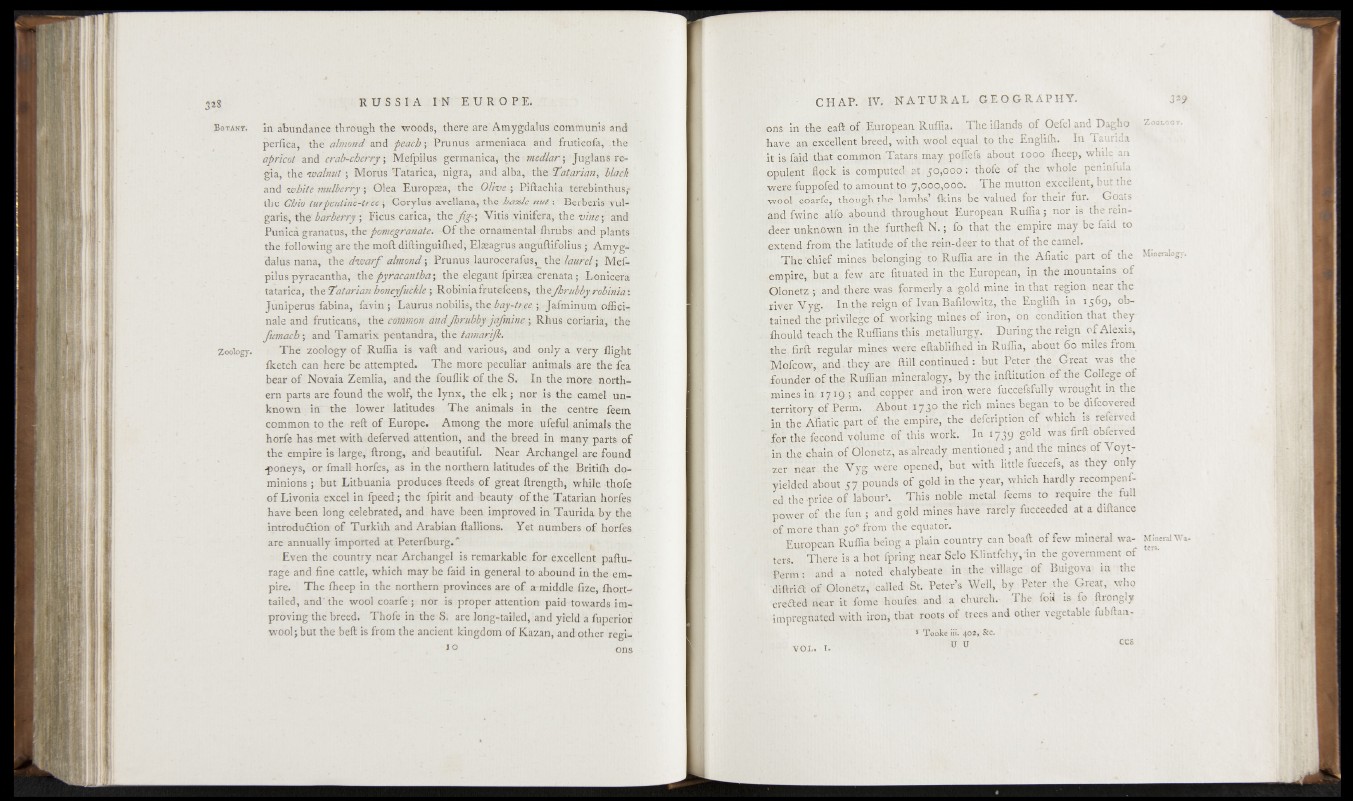
sjïSSSHiSR
Botany, in abundance through the woods, there are Amygdalus communis and
perfica, \k t almond and ^acAj Prundg; armeaiatjar ané lrtóerf%>|thb
apricot and crab-cherry; Melpilus gfetmattiea^the' m edlar; Jugfems -?ïey
gia, the w a ln u t; Morns Tatarica, nigra,-and alba, the Tatarian, black
and- w hite '-mulberry^ Oka Europsea, the O/zw ; Piftachia terebinthus,* •
the Ohio turpentine-tree; Gorylus aveliana, the bazle n u t: Berberi&iyul-
garis, the' barberry; Ficus carica, the jig -\ Vitis vinifera,. the vin e ;'and
Punica granatus, -the pomegranate. -Of the ornamental ftirubs' and'plants
the Following are the moft diftinguiffied; Elaeagrus atiguftifolius 5; Amygsh
dalus nana, the d w a rf almond \
pilus pyracantha, the pyracantba; the elegant fjnrsea crenata; Lonicora
tatarica, the Yatarian boneyfuckle 5 RoWTOafrutefean^tthe^^M^ra&'ilfc'i
Juniperus fabina, favin; Lauras nobijis, the bay-tree Jafminum offici-:
nale and fruticans, the common andJhriibbf jafmine ; Rhn^e^aa^^iithe
fum acb; and Tamarix pentandra, the tamarijk.
Zoology. The zoology of Ruffia is vaft and various, and onl-y^a^very flight
fketch can here be attempted. The more peculiar animals are- the. fea
bear of Novaia Zemlia, and the fouflik of the S. *In the more northern
parts are found the wolf, the lynx, the elk; nor is, the camel unknown
in the lower latitudes The animals in .the centre fèem
common to the reft of Europe. Among, the more, ufefiil, animal?: the
horfe has met with deferved attention, and the breed in many parts of
the empire is large, ftrong, and beautiful. Near Archangel are found
-poneys, or fmafl- horfes, as in the northern latitudes of the; Britiflh dominions
; but Lithuania produces fteeds o f great ftrength, while thofe
©f Livonia excel in fpeed; the fpirit and beauty o f the Tatarian horfes
have been long celebrated, and have been improved in Taurida by. the
introduction of Turkilh and Arabian ftallions. Yet numbers o f horfes
are annually imported at Peterfburg.*
Even the country near Archangel is remarkable for excellent naftu-
rage and fine cattle, which may be laid in general to abound in the empire.
The flieep in the northern provinces are of a-middle fize, lhort-
tailed, and'the wool coarfe ; nor is proper attention paid towards improving
the breed. Thofe in the S. are long-tailed, and yield a fuperior
wool; but the beft is from the ancient kingdom of Kazan, and)other regions
in th& eaft34 r^urppean,Ruffia. , Theiflands of Oefel and Dagho ,
have, an excellent breed, with wo'ol equal to the Englilh. In Taurida
it is laid th a t | common Tatars may .poflefs about 1000 ftieep, while an
opulent flpck is computed a t.;y o ,o o o : thofe of the whole peninfula
were fupp.&fed to amount to 7,000,000. T h e mutton excellent, but the
'wool coarfe, though the lambs’ {kins h e 'v a lu e d for their fur. Goats
and fwine al/o, abound throughout European Ruffia; nor is the reindeer
u n k n ow n in th e furtheft N.; fo th a t th e empire may be faid to
extend from th e latitude o f the rein-deer to that of the camel.
. T h e chief ipines- b^ldtiging, to Ruffia are in the Afiatic part of the
empire, but a. few are fituated in- the European, in the mountains of
Olonetz ; and there,was formerly, a vgold mine in that region near the
.riyer V y g . - I n th e reign of' Ivan Bafilowiiz, the Eoglifti in 1569, obtained
"thp-privilege ‘q f working mines'of. iron, on condition th a t th e y '
fhould teach the Ruffians this metallurgy. During th e reign o f Alexis,
the, fir ft regular mines' w ere eftablifhed in Ruffia, about 60 miles from
Mofqqw t a n d -they are ftill continued : bpt Peter the Great was the
founder o f the Ruffian mineralogy, by the inftitution of the College of
mines in 1719 ; and copper and iron.were fuccefsfully wrought in the
te rrito ry of Perm. About 1730 the rich mines began to be difcovered
in tbe Afiatic p a rt o f the empire, th e defcription of which is referved
fo n tfie fecond volume o f this work. In 1739 gold was firft obferved
in the chain o f Olonetz, as:already mentioned ; and the mines of Voyt-
Zer near, the "Vyg were opened, b u t with little fuccefs, as they only
I yielded about 57 pounds o f gold in the year, which hardly recompenf-
: ad the price o f labour5. This^ noble metal feems to require the full
power of the fun ; and gold mines have rarely fucceeded at a diftance
of more than 56° from the equator. ‘ ' ;
' European Ruffia being, a plain cquntry.can boaft of few mineral wa-
| ter s. Theteris a h o t fpring near Selo K lin tfch y ,in the government of
p erra • and a noted chalybeate in tthe. village o f Buigova m 'the
' d iftrift o f Olonetz, called St. Peter’s Well, by Peter the Great, who
eredfed near it fonfoftM* aod a church.- The: foil is fo ftrongly
impregnated w ith iron, th a t roots of trees and Other vegetable fubftaaf
Tookeiii. 402, &c.
tt n s c e s ® VOX. I. I I
ZOOLOGY.
Mineralogy.
Mineral W i,
ters.